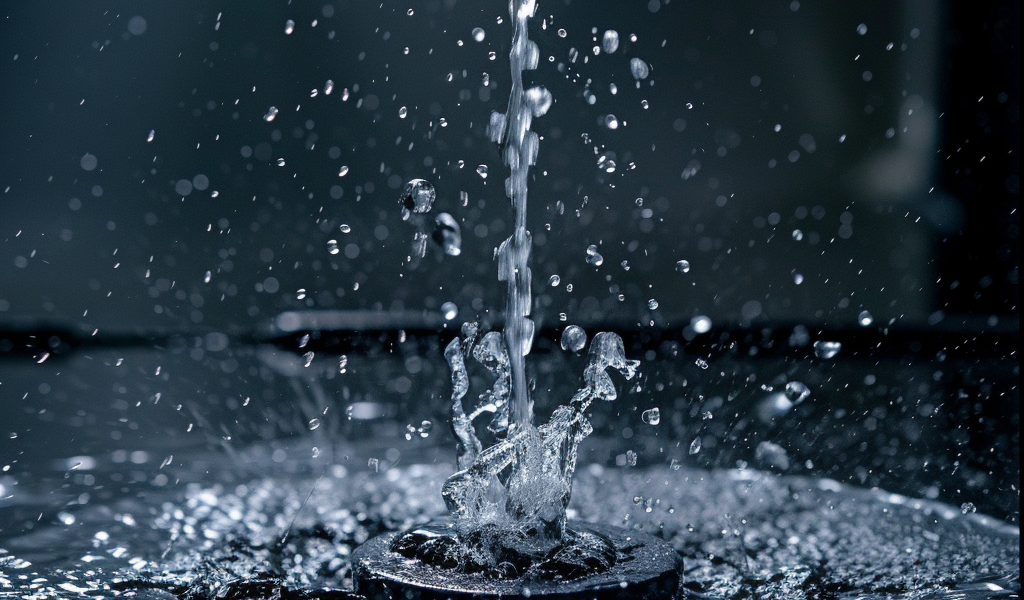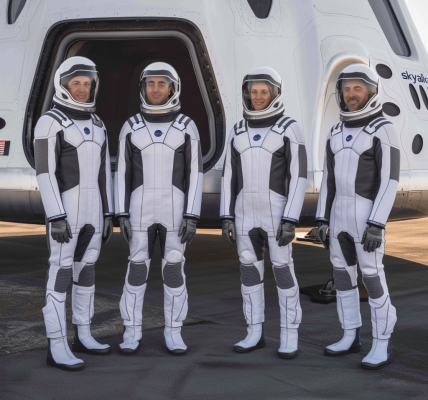A decades-old conundrum in physics has finally been solved by mathematicians, shedding light on the intriguing dynamics of a reverse sprinkler. The problem, which has puzzled scientists since the 1940s, revolves around the behavior of a sprinkler when water is sucked into it instead of being pumped out.
Recently, a team of applied mathematicians at New York University claimed to have cracked the conundrum in a paper published in the journal Physical Review Letters. Their study combined precision lab experiments with mathematical modeling to explain the operation of a reverse sprinkler.
Co-author Leif Ristroph of NYU’s Courant Institute explained, “Our study solves the problem by combining precision lab experiments with mathematical modeling that explains how a reverse sprinkler operates. We found that the reverse sprinkler spins in the ‘reverse’ or opposite direction when taking in water as it does when ejecting it, and the cause is subtle and surprising.”
Ristroph’s lab is known for tackling intriguing real-world puzzles. In the past, they have delved into diverse topics such as perfect bubble formation, the formation processes of natural rock formations, and the aerodynamics of paper airplanes.
Notably, their work in 2021 involved building a working Tesla valve and measuring the flow of water through the valve in both directions at various pressures. They also studied the complex aerodynamics of paper airplanes, uncovering substantial differences from conventional aircraft.
The recent breakthrough in solving the reverse sprinkler problem not only provides insight into the behavior of fluid flows but also challenges conventional wisdom on the matter. The study’s findings have the potential to impact various fields where fluid dynamics play a crucial role, offering new perspectives on controlling fluid flows.
With this long-standing physics puzzle finally resolved, scientists and researchers can now build upon this knowledge to further understand and manipulate fluid dynamics in various applications.





